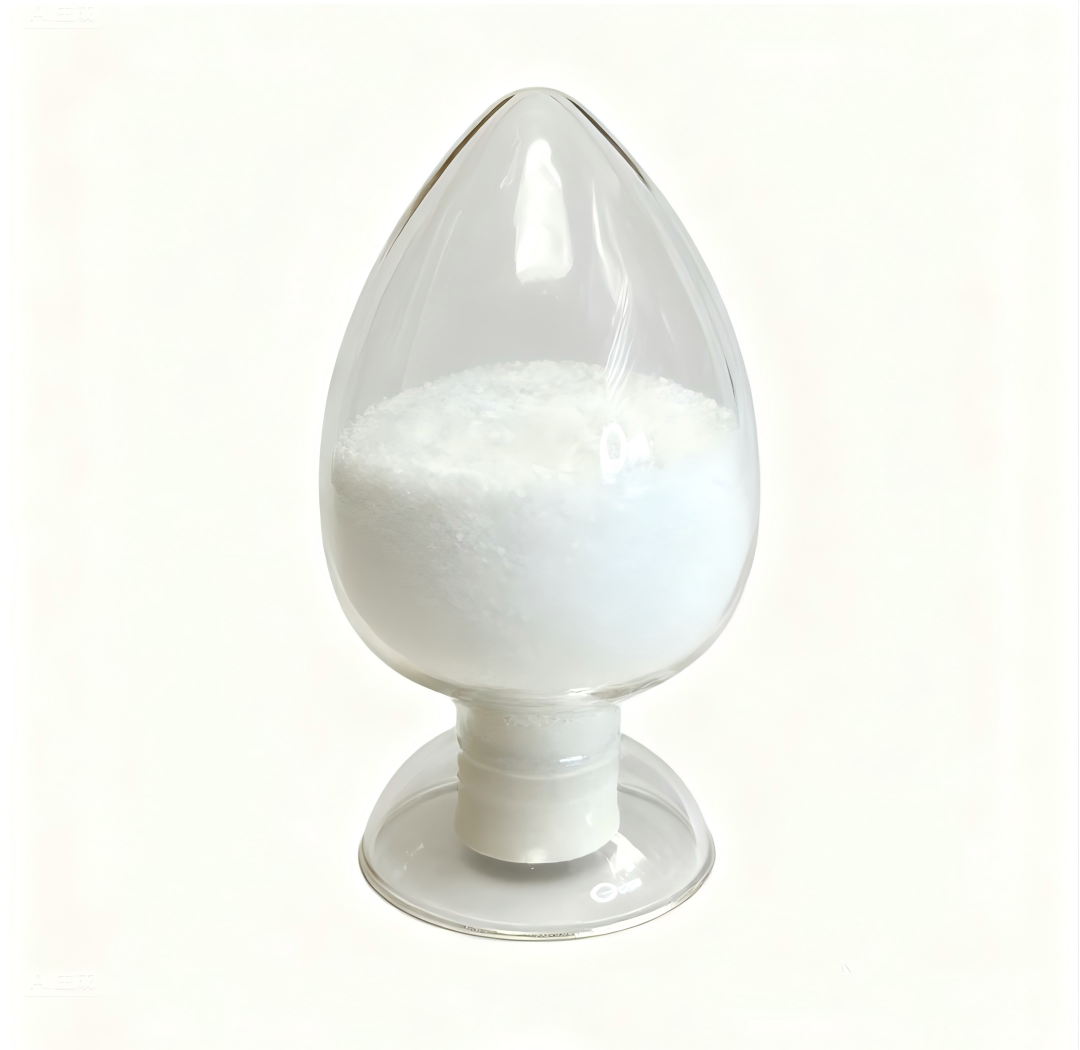Polyacrylamide supplier, China flocculant&Anionic polyacrylamide plant - Polysino,your chemical partner.

Anionic Polyacrylamide
Description
Anionic polyacrylamide is a water-soluble polymer formed through high - degree polymerization synthesis. It possesses valuable characteristics like coagulability, thickening ability, shear resistance, resistance reduction, and dispersibility. Even though it has little impact on reducing the surface tension of water, there are active groups within its molecules. These groups can alter the interface state after being adsorbed at the interface. Its amide groups (-CONH₂) can form hydrogen bonds with many substances due to their affinity and adsorption capacity. This enables it to act as a bridge between adsorbed particles, connecting several or even dozens of particles together. In turn, this promotes the aggregation of colloidal particles into large flocs, speeds up the sedimentation of particles in suspensions, accelerates the clarification of solutions, and enhances filtration processes, among other effects.
Features and Advantages
1.Industrial wastewater treatment: It is particularly effective for sewage with a neutral or alkaline pH value, where the suspended particles in the water are relatively large, have a high concentration, and carry a positive charge. Examples include wastewater from steel plants, electroplating factories, metallurgical plants, and coal washing plants, where its treatment effect is remarkably significant.
2.Drinking water treatment: When used to treat tap water with high sand content and turbidity, this product offers advantages such as a small dosage, low cost, and no secondary pollution.
3.Paper additives: It can function as a dispersant for long - fiber paper, a dry and wet strength enhancer, a retention and drainage aid, and a flocculant for paper wastewater, etc.
Specification
The Project | Indicators of |
Exterior appearance | White granular powder |
Solid content (%) | ≥88 |
Molecular weight | 12 to 21 million |
Degree of hydrolysis (%) | 10-30 |
Residual monomer content (%) | 0.1 or less |
Dissolution time (hr) | ≤1 hour |
